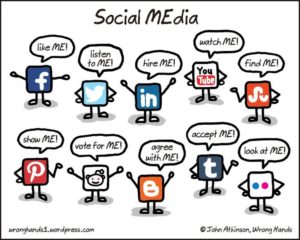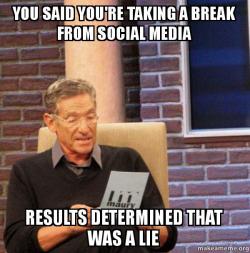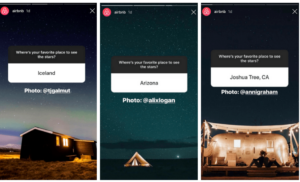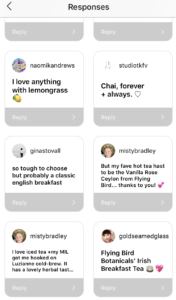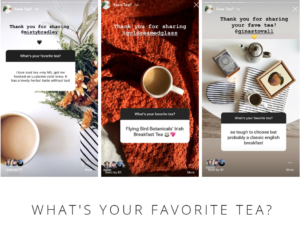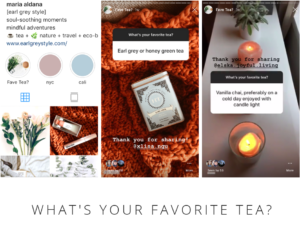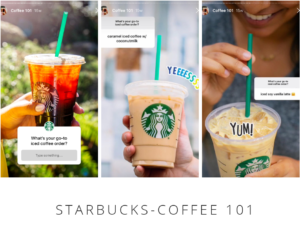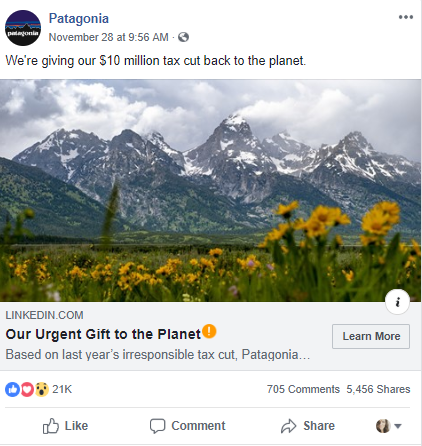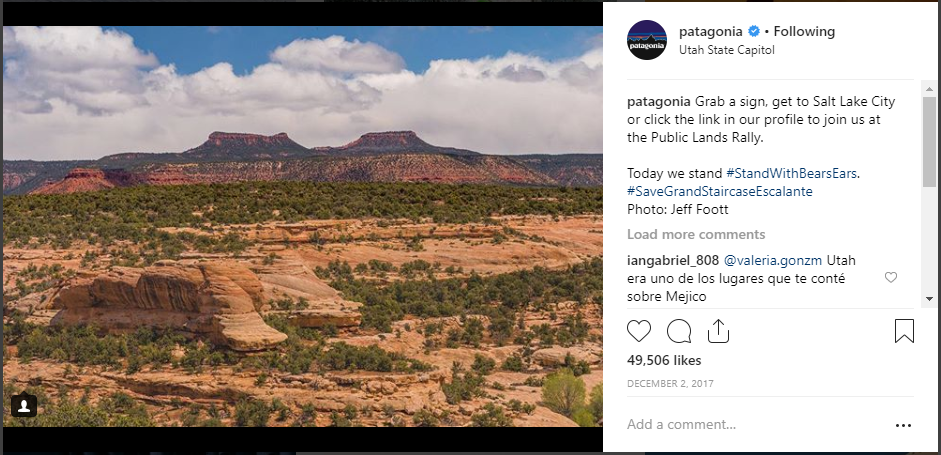As the Christmas season rolls around, I look forward to all the festivities and especially playing Christmas music endlessly for three weeks. I sit at my desk at work with my earplugs in blasting Pandora’s list of artists playing favorites like Chestnuts Roasting on an Open Fire, Let It Snow, Jingle Bell Rock, and so on.
Recently there has been controversy over the song, Baby, It’s Cold Outside. The MeToo Movement has asked local radio stations to stop playing the song because it is sexist. In the lyrics, the man is asking the lady to stay and she is telling him no and if you listen to the song and watch the clip it does look a bit suggestive and the man is very persistent. The song was written by Frank Loesser in 1944, featured in the film Neptune’s Daughter in 1949 and went on to win an Oscar for the best original song (Held, 2018). This was at the time when Franklin Delano Roosevelt was president which means none of us were around. Definitely a sign of the times.
Many radio stations have honored the request of the MeToo Movement but one of the local Bay Area stations, KOIT received backlash from listeners (hundreds of emails) demanding the song be put back in the rotation (Sanchez, 2018). The program directors have decided to leave it up to the popular vote of their listeners who mainly want the song back on the air for nostalgic reasons (Sanchez, 2018). This is putting the radio station in a bit of a dilemma and the issue of the song being sexist will draw awareness as to the message the radio station is communicating.
Radio still reaches a large demographic audience and is extremely effective for advertising campaigns (Tortorice, 2017). It would be awful if the station’s ad sponsors pulled their ads due to the wrong decision on whether to keep playing the song or not to play the song. Many radio stations today use the power of social media and app-driven technology which reflect on local towns and cities and their uniqueness thus feeding directly into the community (Tortorice, 2017). Nielsen Research claims 90% of the Americans listen to the radio each week due to the vast number of people who commute to work (Tortorice, 2017). Can you imagine people calling in while stuck in traffic to voice their opinion? It could be total chaos. I hope the radio station, in the end, makes a conscious decision on behalf of their audience.
Reference
Held, A. 2018. ‘Baby, It’s Cold Outside,” Seen As Sexist, Frozen Out By Radio Stations. National Public Radio. Retrieved from https://www.npr.org/2018/12/05/673770902/baby-it-s-cold-outside-seen-as-sexist-frozen-out-by-radio-stations
Sanchez, R. (2018). Cleveland radio station bans “Baby, It’s Cold Outside”. CNN. Retrieved from https://www.cnn.com/2018/12/01/us/baby-its-cold-outside-cleveland-radio-trnd/index.html
Tortorice, M. (2017). Why Would You Use Radio Advertising? Infront Webworks. Retrieved from https://www.infront.com/blog/the-blog/why-would-you-use-radio-advertising

